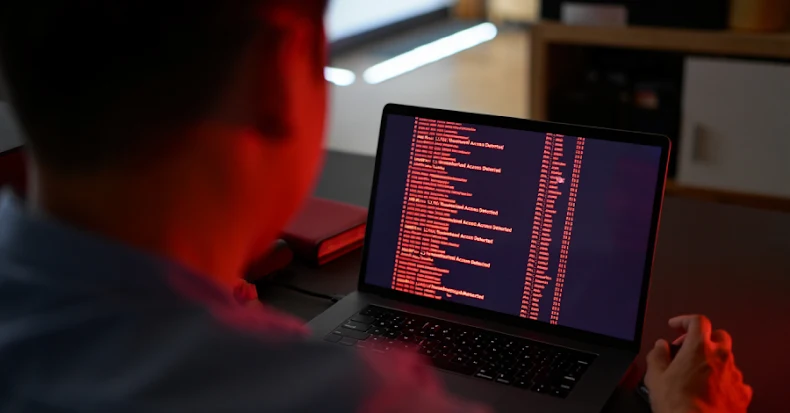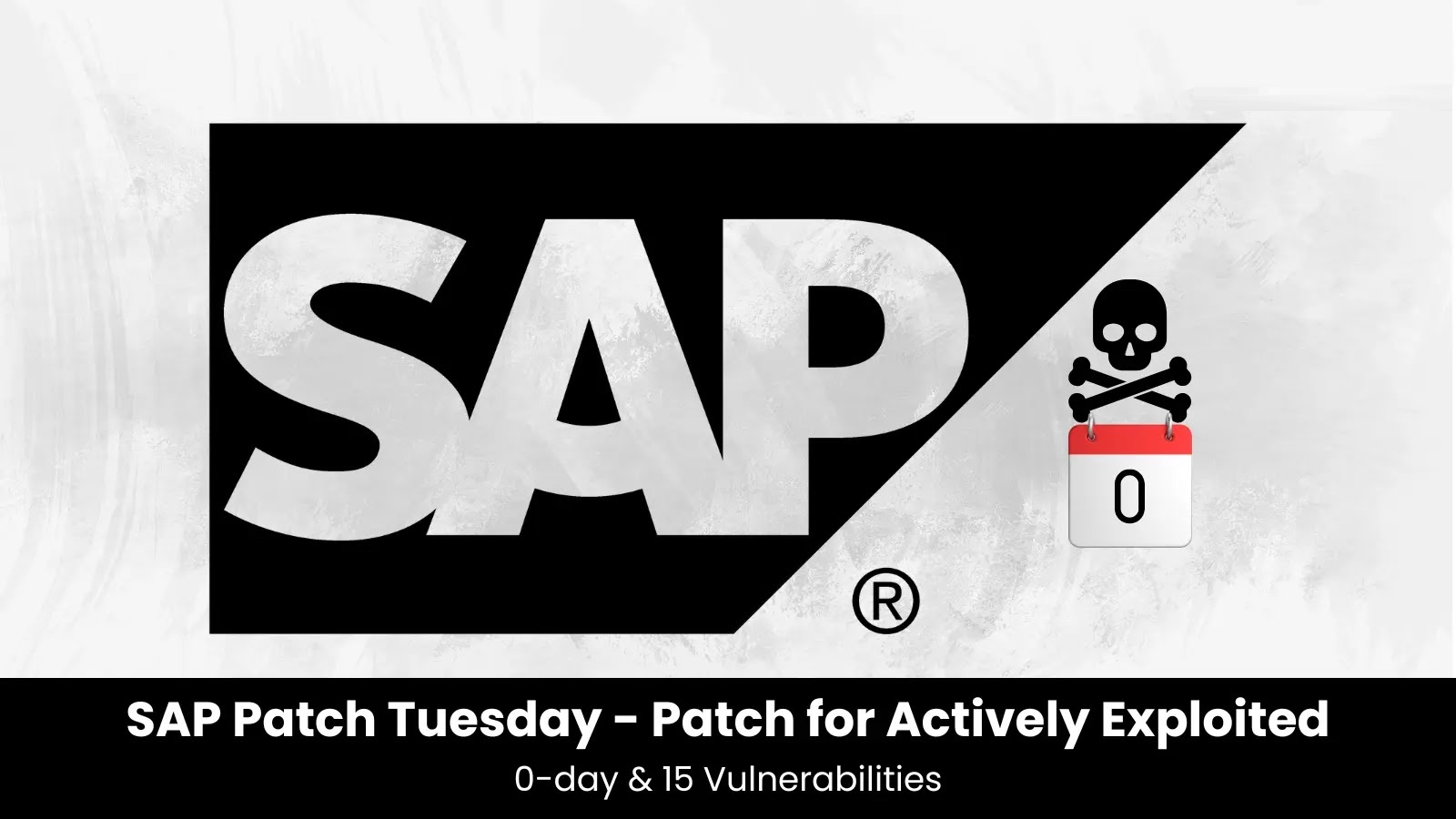As the 2025 holiday shopping season approaches, online retailers are bolstering their server and network defenses to handle increased traffic. However, a critical vulnerability often remains unaddressed: unmonitored JavaScript running in users’ browsers. This oversight can allow attackers to steal sensitive data without detection by traditional security measures.
The Client-Side Security Gap
Traditional security tools like Web Application Firewalls (WAFs) and intrusion detection systems focus on server-side threats, leaving the client-side—specifically, the user’s browser—vulnerable. This gap arises due to:
– Limited Visibility: Server-side tools cannot monitor JavaScript execution within users’ browsers, missing attacks that operate entirely in the client environment.
– Encrypted Traffic: HTTPS encryption obscures data transmissions, making it challenging for network monitoring tools to inspect content sent to third-party domains.
– Dynamic Nature: Client-side code can change behavior based on user actions or other factors, rendering static analysis insufficient.
– Compliance Gaps: Regulations like PCI DSS 4.0.1 have started addressing client-side risks, but guidance on client-side data protection remains limited.
Understanding Client-Side Attack Vectors
E-skimming (Magecart): Attackers inject malicious JavaScript into e-commerce sites to steal payment card data. The 2018 British Airways breach, exposing 380,000 customers’ payment details, exemplifies how a single compromised script can bypass robust server security.
Supply Chain Compromises: Web applications often rely on third-party services like analytics platforms and payment processors. Each represents a potential entry point. The 2019 Ticketmaster breach occurred when attackers compromised a customer support chat tool, demonstrating how a single third-party script can expose an entire platform.
Shadow Scripts and Script Sprawl: Organizations may lack complete visibility into all JavaScript code executing on their pages. Scripts can dynamically load other scripts, creating a complex web of dependencies that security teams struggle to track. This shadow script phenomenon means unauthorized code may run without explicit approval or monitoring.
Session and Cookie Manipulation: Client-side attacks can intercept authentication tokens, manipulate session data, or extract sensitive information from cookies and local storage. Unlike server-side attacks that leave network logs, these operations occur entirely within the user’s browser, making detection challenging without specialized monitoring.
Real-World Holiday Season Attacks: Lessons from 2024
The 2024 holiday season highlighted the escalating client-side threat. The Polyfill.io supply chain attack impacted over 100,000 websites, redirecting users to malicious sites. Similarly, the Cisco Magecart attack targeted holiday shoppers via their merchandise store, underscoring how even large organizations are vulnerable to payment data theft during peak periods.
Beyond these high-profile incidents, the pervasive nature of client-side threats was evident. The compromised Kuwaiti e-commerce site Shrwaa.com hosted malicious JavaScript files throughout 2024, infecting other sites undetected and showcasing the shadow script problem. The Grelos skimmer variant further illustrated session and cookie manipulation, deploying fake payment forms on smaller, trusted e-commerce sites just before Black Friday and Cyber Monday.
The Holiday Season Amplifies Risk
Several factors make the holiday shopping period particularly vulnerable:
– Increased Attack Motivation: Higher transaction volumes create lucrative targets, with Cyber Monday 2024 seeing 5.4 trillion daily requests on Cloudflare’s network, with 5% blocked as potential attacks.
– Code Freeze Periods: Many organizations implement development freezes during peak seasons, limiting the ability to respond quickly to newly discovered vulnerabilities.
– Third-Party Dependencies: Holiday promotions often require integration with additional marketing tools, payment options, and analytics platforms, expanding the attack surface.
– Resource Constraints: Security teams may be stretched thin, with most organizations scaling back after-hours SOC staffing levels by up to 50% during holidays and weekends.
Implementing Effective Client-Side Security
1. Deploy Content Security Policy (CSP): Start with CSP in report-only mode to gain visibility into script execution without breaking functionality. This approach provides immediate insights into script behavior while allowing time for policy refinement.
2. Implement Subresource Integrity (SRI): Ensure that third-party scripts haven’t been tampered with by implementing SRI tags. This cryptographic hash ensures the fetched resource matches the expected content, preventing malicious modifications.
3. Conduct Regular Script Audits: Maintain a comprehensive inventory of all third-party scripts, including their purpose, data access permissions, update procedures, vendor security practices, and alternative solutions if the service becomes compromised.
4. Implement Client-Side Monitoring: Deploy specialized client-side monitoring tools that can observe JavaScript execution in real-time, detecting unexpected data collection, DOM manipulation attempts, new or modified scripts, and suspicious network requests.
5. Establish Incident Response Procedures: Develop specific playbooks for client-side incidents, including script isolation and removal procedures, customer communication templates, vendor contact information, and regulatory notification requirements.
Implementation Challenges and Solutions
Legacy System Compatibility: Implement CSP gradually, starting with high-risk pages. Use CSP reporting to identify problematic scripts before enforcement. Consider deploying a reverse proxy to inject security headers without application changes.
Performance Impact: Test thoroughly using report-only modes initially. Monitor that SRI checks add minimal overhead (typically under 5ms per script). Track real user metrics like page load time during rollout.
Vendor Resistance: Include security requirements in vendor contracts upfront. Frame requirements as protecting both parties’ reputations. Maintain a vendor risk register tracking security posture. Document uncooperative vendors as highest-risk dependencies.
Resource Limitations: Consider managed security services specializing in client-side protection. Start with free browser-based tools and CSP report analyzers. Prioritize automation for script inventory, monitoring, and alerts. Dedicate 6-12 hours monthly for initial setup and ongoing monitoring, or budget 1-2 days quarterly for comprehensive audits in enterprise environments with 50+ third-party scripts.
Organizational Buy-In: Build a business case around breach costs (average Magecart attack: $3.9M) versus monitoring investment ($10K-50K annually). Organizations with dedicated client-side monitoring detect breaches 5.3 months faster than the industry average, significantly limiting data exposure and regulatory penalties. Present client-side security as revenue protection, not IT overhead. Secure executive sponsorship before holiday freeze periods. Emphasize prevention is less disruptive than responding to an active breach during peak season.
Looking Forward
Client-side security represents a fundamental shift in how we approach web application protection. As the attack surface continues to evolve, organizations must adapt their security strategies to include comprehensive monitoring and protection of the client environment.
The holiday shopping season provides both urgency and opportunity: urgency to address these vulnerabilities before peak traffic arrives, and opportunity to implement monitoring that will provide valuable insights into normal versus suspicious script behavior.
Success requires moving beyond the traditional perimeter-focused security model to embrace a more comprehensive approach that protects data wherever it travels, including within the user’s browser. Organizations that make this transition will not only protect their customers during the holiday rush but establish a more resilient security posture for the year ahead.



